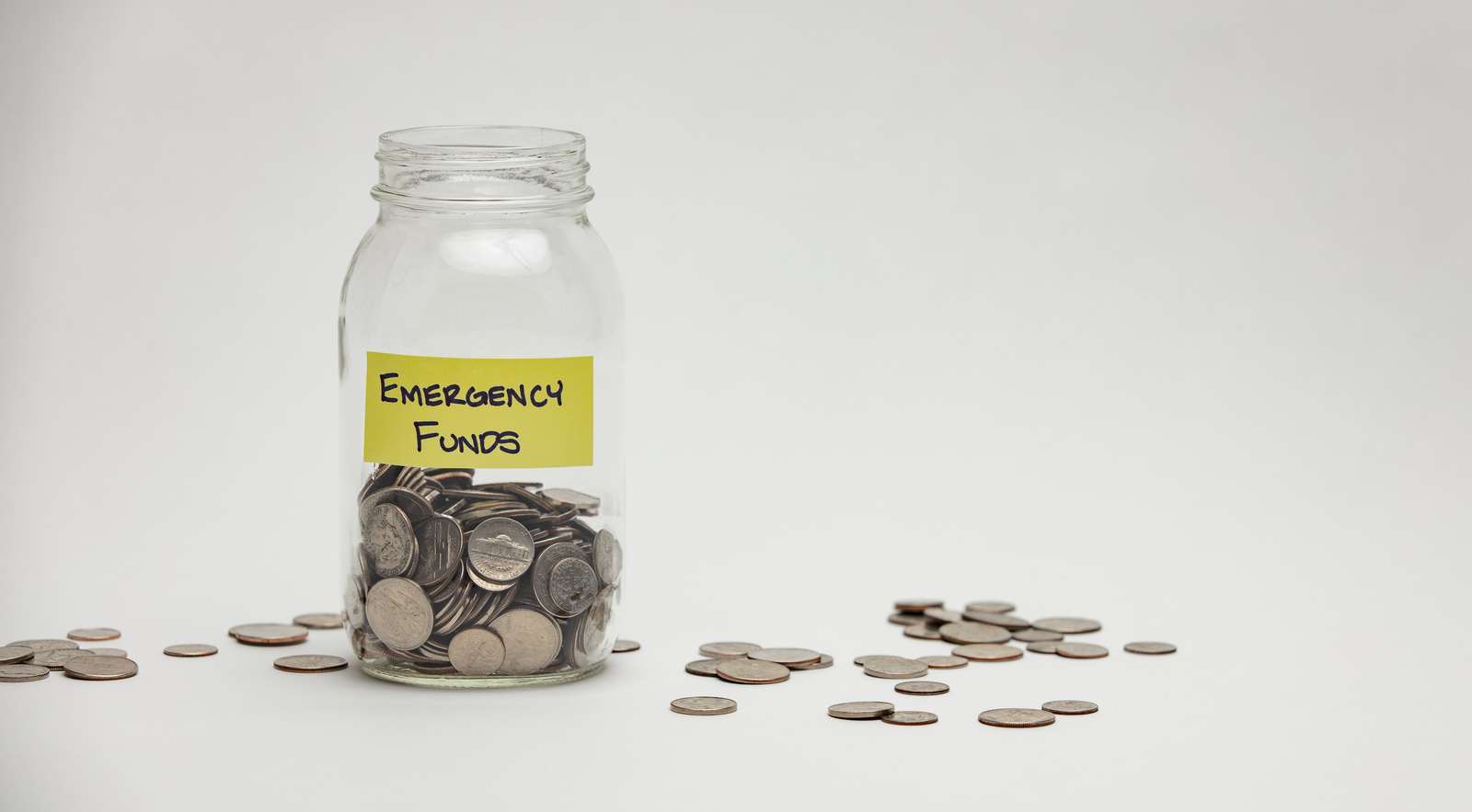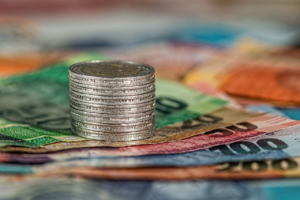Life takes unexpected turns, and throwing curveballs at you when everything goes smoothly is its favorite. Unexpected expenses can come out of nowhere, whether in a medical emergency, sudden job loss, or your car needing urgent repairs.
In such situations, an emergency fund plays a crucial role. Let’s dive into more details and understand why this essential financial safety net must be a critical part of your financial planning.
What is an Emergency Fund?
Before going into all the details and nitty-gritty, let’s first understand what an emergency fund means. By layman’s terms, it’s a stash of money you have set aside only to be used in unforeseen circumstances. This fund can not be tapped for funding an impulse vacation up north or buying the latest brand of shoes – it’s for only genuine and extremely pressing emergencies.
Now lets look at why you should consider having a personal emergency fund and what benefits it will bring to you.
Peace of Mind in Uncertain Times
a. Sleeping Soundly at Night
One of the primary and vital benefits of having a personal emergency fund is the peace of mind it brings. The difference between a sound sleep and a restless and worrisome night might be the knowledge that you have a safety cushion. Perhaps the leading cause of stress in modern life is financial uncertainty, and an emergency fund helps us mitigate those uncertainties and fears.
b. Navigating Life’s Challenges
Ever heard of Murphy’s law, which says that if anything can go wrong, it will surely go wrong? While it sounds a bit pessimistic, we all know that it reminds us of an inherently unpredictable life. With an emergency fund available to you, you will be better placed to navigate across bumpy roads without suddenly being thrown off track completely.
Avoiding Debt
a. Steering Clear of High-Interest Loans
Those who do not have an emergency fund often have to take high-interest loans or use their extremely high-interest credit cards when unexpected costs arrive. This can be the starting point of a cycle of debt that will completely upend your life. With mounting interest payments, the minimum due payment against loads grows at supersonic speeds. Before you know it, you find yourself paying off a mountain of debt for a molehill of an emergency payment that you made.
b. Keeping Your Credit Score Intact
One of the sure ways of negatively impacting your credit score is constant borrowing or using your credit card to maximum levels. Maintaining a good credit score is vital for getting cheaper loan terms, lower interest rates, and in many cases, even for job opportunities in certain sectors. Having an emergency fund can help you protect your credit score by making available to you the funds you might need in case of extreme emergency without resorting to high-cost borrowing.
Flexibility in Job Choices
a. The Freedom to Pivot
We all have been at points where dissatisfaction with our current job reaches a point where it becomes simply impossible to bear it any longer. Or there may be an amazing opportunity on offer, but the move might come with some risk. In such situations, an emergency fund provides the financial support and freedom to pivot in your career without worrying about how you will pay the next month’s bills.
b. Buffer During Job Loss
The modern-day job market is so volatile that you might find yourself without a job quickly because of downsizing or an industry shift through no fault of your own. With an emergency fund available to you, a buffer will be there, which allows you to not worry too much and focus on finding a new job that perfectly aligns with your goals rather than grabbing the first available job out of financial desperation.
Now that we have you convinced about the need for having a personal emergency fund let’s discuss how much you should have in that.
How Much Should You Save?
a. Starting Small
The key is starting small. Saving something is better than saving nothing. If saving several months’s worth of expenses seems challenging, then starting small will be a good idea and more practicable. The first aim should be saving $500 or $1000 to set aside in the emergency fund. After achieving that goal, keep challenging yourself to increase the size of that emergency fund.
b. The 3-6 Months Rule
One of the common recommendations is to have a buffer of about 3 to 6 months’ worth of living expenses in the emergency funds. It provides substantial immediate protection against most emergencies. However, if your primary job is in a sector known to be more volatile or you have a family dependent on you, then ideally, you should aim for at least 6 months’ worth of funds or even more.
How to Use Your Emergency Fund
You’ve taken the wise step of establishing an emergency fund—kudos! But, it is equally crucial to understand how and when to use this fund. Spending it on non-essentials or not using it when truly needed defeats its purpose. Here’s a guide to help you decide when and how to use your personal emergency fund.
Define an “Emergency”
First things first: not every unexpected event qualifies as an emergency. Always remember that the emergency fund is meant for only urgent, unforeseen financial necessities and should not be used to meet your immediate desires.
And here are a few examples of what true Emergencies Include:
- Medical emergencies: Unplanned and sudden medical expenses not covered by your insurance.
- Job loss: If you’re suddenly unemployed, the fund is meant to cover your monthly expenses until you find a new job.
- Home repairs: Crucial repairs that can’t wait, like a leaky roof during monsoon season. However, take note that routine home repairs or any home improvements that are not urgent are not meant to be financed from emergency funds.
- Car repairs: If your vehicle is essential for commuting, unexpected repairs can qualify. Again, general maintenance of your car should not be through this fund.
- Unexpected travel: Having to travel at the last minute due to a family emergency.
Determine the Amount Needed
Once you’ve identified an emergency, you also need to understand clearly how much amount will be needed:
- Assess the total cost: Get quotes or estimates. Request an itemized bill to ensure accuracy if it’s a medical bill.
- Consider other available resources: Determine if insurance, warranties, or assistance programs could cover part of the cost. Utilize those first before tapping your emergency fund.
- Withdraw only what you need: It might be tempting to take out more “just in case,” but remember, replenishing the emergency fund might take time, so do not overspend from it.
Accessing the Fund
Keep it accessible, but not TOO accessible. Some of the possible ways to make sure that the funds are reasonably accessible are:
- Keep money in a High-yield savings account: It is Ideal because they offer higher interest rates than a regular savings account but allow you to withdraw money without any penalties if you need funds in an emergency.
- Avoid tying to the main checking account: This reduces the temptation to dip into the fund for non-emergencies.
- Know your withdrawal limits: Some accounts may restrict how often you can withdraw funds or require a minimum balance to be maintained.
Replace the Amount Used
After using a portion (or all) of your emergency fund, it is strongly recommended that you try to replenish it as soon as possible:
- Prioritize replenishment: Return to your saving mindset when establishing the fund. Once you get some fiscal space, deposit the money back to your emergency fund account.
- Adjust your budget: After you have used emergency funds, temporarily reduce non-essential expenses so that you can recoup the funds as soon as possible. Consider channeling bonuses, tax returns, or windfalls back into the fund.
- Set yourself a timeline: Determine how long it will take to restore the fund and set milestones to ensure you’re on track.
Review and Adjust
Emergencies can offer lessons, therefore, it is also an opportunity to review and adjust your emergency fund utility and size:
- Re-evaluate the total fund size: Was the amount you set aside adequate for you when an emergency struck or was it Too little? Taking lessons from this emergency, adjust based on your experience.
- Analyze your response: Did you act in panic? Or did you spend more than necessary out of the emergency fund? Reflect and prepare yourself better for the next unexpected event.
- Stay updated with life changes: Your emergency fund requirements may change as you progress in life—whether you buy a home, have children, or switch jobs. Regularly reassess.
Resist Misusing the Fund
It’s worth emphasizing again: resist the urge to dip into your emergency fund for non-emergencies! Think twice (or thrice) before breaking into it. Ask yourself: “Is this a want or a need or a real emergency? Can it wait, or does the situation qualify as an emergency to be met from the fund?”
In Conclusion: Start Today
If there’s one thing to take away from this post, it’s the importance of starting your emergency fund today. Even if it’s just a small amount, begin the journey of creating an emergency financial buffer for your personal life. Every penny counts, and over time, you’ll build a safety net that will make you more resilient, financially secure, and mentally at peace.
Remember, life is full of surprises. Make sure you’re financially prepared for them!



